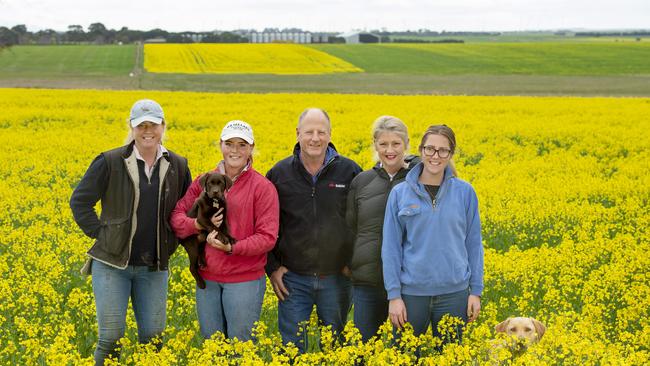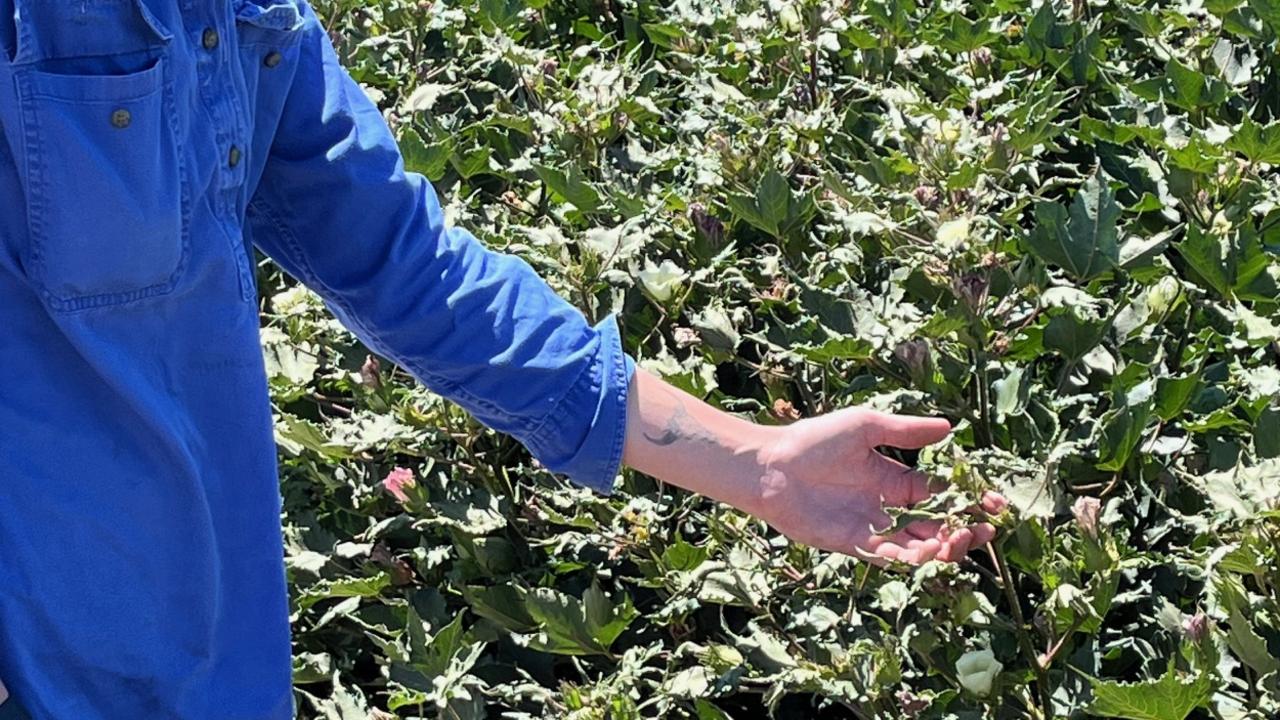Cropping season: Yield hopes depend on well-timed rain
Timing is everything when it comes to whether grain growers will reap a bumper harvest. See how the season is shaping up.

As often is the case in the grains game; timing is everything.
And this season is no different, as growers across the nation’s grain growing regions face the prospect of a bountiful crop, provided the weather is kind.
Grain Growers chair and Quambatook grain farmer Brett Hosking said crops were shaping up well, not only in north west Victoria but “pretty much across the country”.
“Western Australia … and northern NSW is quite wet, but a few patches are starting to dry out now,” Mr Hosking said.
“We know spring is a time when days get longer, crops are busy growing, and it’s also warming up temperature-wise, and we’re wanting to realise the potential in the paddock.
“A really good rain in the next two weeks would be ideal.”
While winter has fared well for Australia’s grain growers, Mr Hosking said autumn was dry.
And the potential for crops to yield well all hinges on well-timed rain.
“If we go another two weeks into spring, with no rain, I think you’ll see some stressed growers.”
Labour issues due to ongoing Covid-19 lockdowns and border closures could also pose problems for the industry heading into harvest.
“We’re about 100,000 backpackers less than last year … we know the ability to bring workers in is really challenging at the moment,” Mr Hosking said.
“Other challenges are the state borders. We’ve got contractors on the Darling Downs waiting to get a crop off, talking to Victorian contractors thinking they don’t know how they can get labour and machinery up there, and whether they can get them back.”
The National Farmers’ Federation has called on the Federal Government to recommit to the National Agriculture Workers code, and focus on quarantining for rag workers as harvest fast approaches.
NFF chief executive Tony Mahar said agricultural supply chains “don’t operate within state borders”, with grain growers anxious about the effect of ongoing border restrictions.
“The grain harvest starts in Queensland at the end of September and winds its way down south. Harvest contractors follow the work down,” Mr Maher said.
“A disaster situation will occur if the limited number of harvest workers are stopped from moving back and forth across the border and or prevented from doing so in a timely fashion.”
After solid soaking, a sunny outlook

The Fay family from Carranballac in southwest Victoria have had most of their annual rainfall in just eight months this year.
And while it has meant some yield loss in their canola, Luke Fay is hoping it doesn’t dry out too much during spring.
The Fays have 1600ha of crop planted this year, including 500ha of canola, 200ha of barley, 60ha of lupins and 840ha of wheat.
So far they have recorded 500mm of rain for the year, though their annual average is 525mm.
“During winter it was a bit too wet, but it has dried out now, and we are spraying,” Luke said.
“It has had an effect on the canola as it got too wet, I think we are looking at between 10 to 40 per cent yield loss for some of it. No one did anything different to last year, but it just got too wet too quickly in June.”
However, Luke said they don’t want it to dry out too much now, especially on the cereal crops where growth has been slow due to the cold, wet winter.
With harvest normally kicking off around the first week in December, Luke said it might be delayed as cereal crops had taken a bit longer to “start”.
“There is potential for the cereal crops to be nearly as good as last year, when we had wheat yield 6-7 tonnes/ha and canola 2.5-4 tonnes/ha,” he said.
Luke said another positive was the high prices for canola and wheat.
“We forward sold a bit of canola at $785 a tonne, which was high in June, but now it’s at $900 to $1000.
“Wheat prices are pretty prolific too, at $350 a tonne (delivered Melbourne),” he said.
“Now the sun has come out, it’s all looking pretty positive.”
— Nicola Bell



